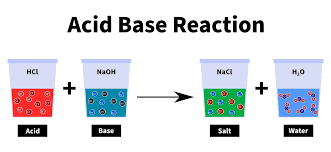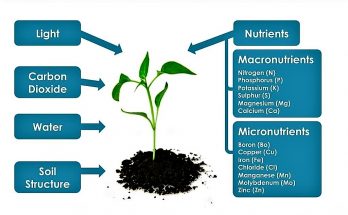Rapid Revision – Class 7 Science- Chapter 10- Respiration in Organisms
Ace your Class 7 Science Exam with a quick refresher on Respiration in Organisms! Dive into how animals, plants, and yeasts breathe, and understand the impact of activities and the environment on respiration. Perfect for last-minute revisions, this guide simplifies complex concepts, ensuring you’re exam-ready. Don’t miss out on key details that could boost your score!
Rapid Revision – Class 7 Science- Chapter 10- Respiration in Organisms Read More
